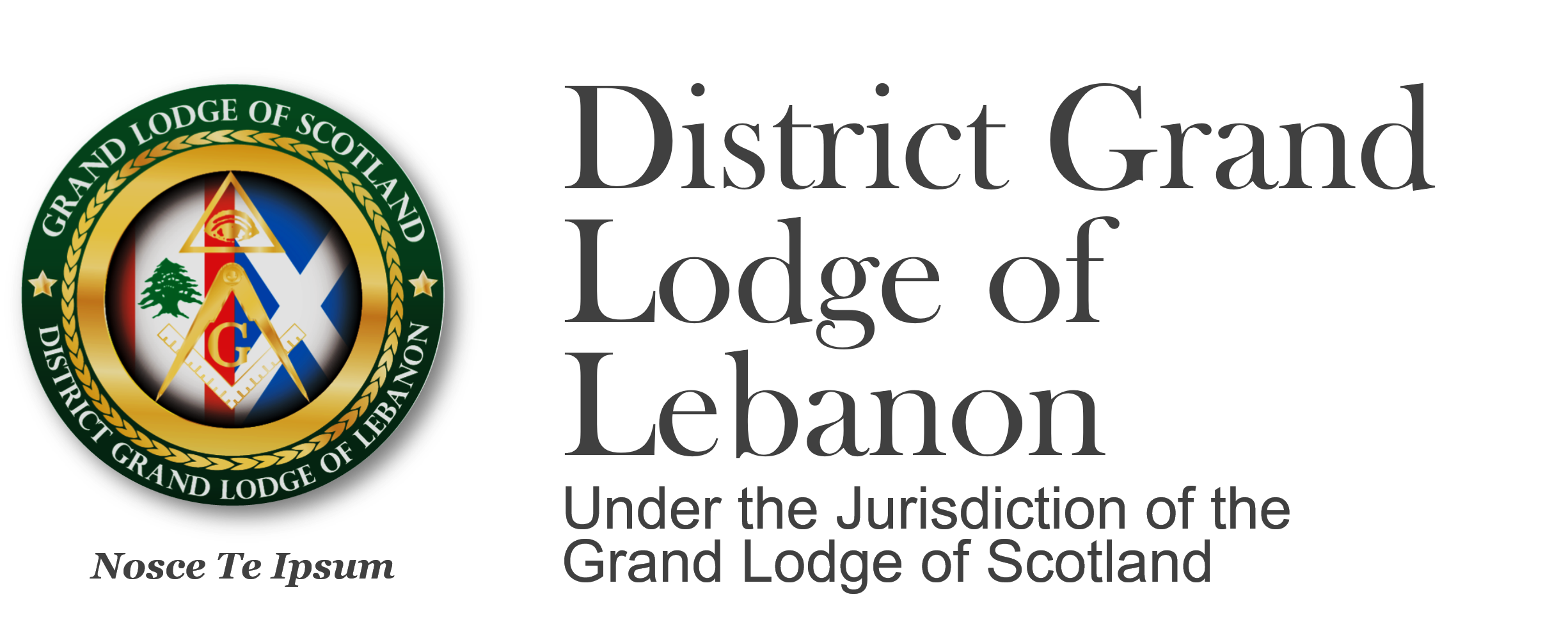The St. Andrew’s Cross (Cross Saltier, Crux Decussata)
According to legend, the Christian apostle and martyr Saint Andrew, the patron saint of Scotland, was crucified on an X-shaped cross. Our Grand Lodge of Scotland holds its Annual Communication every year at St.Andrew’s festival to mark the importance of St.Andrew not only to Scottish heritage in particular but also to Freemasonry in general.
In the words of Andrew the Apostle “Love is acceptance. When you love someone . . . you take them into your heart, and that is surely why it hurts so much when we lose someone we love, because we lose a part of ourselves.” This speaks to a Freemason’s heart, as the fundamental guiding principle for each Mason is ‘Brotherly Love.’
For Freemasonry, the cross formed in this shape has many Masonic associations. It is represented upon the Celestial Sphere of the Fellow Craft Degree as the point at which the plane of the ecliptic crosses the celestial equator.
Plato taught that it marked the spot of the creation of the universe. It is thus a symbol of change or transformation, and it is as this that it appears in the prophetic casting of lots, which we have come to know as the children’s game, Tic Tac Toe. In the original casting ritual, the X represented change and transition while the O represented permanence and stability. It also symbolizes the intersection or interaction of the material with the spiritual.
In making the Sign of the Good Shepherd in some rites, the arms form a St. Andrew’s Cross, used as the position of prayer. In many Degrees, a St. Andrew’s Cross is formed by crossed swords as well.
The picture below depicts the St.Andrew’s cross placed on the Baton of the Grand Director of Ceremonies at our Grand Lodge in Edinburgh and the other picture depicts a statue of St.Andrew commissioned and placed at the Head Quarters of our Grand Lodge on 96 George Street in Edinburgh.

Equally, the sash that all District Grand Office Bearers wear in Lebanon also depicts St.Andrew on it as well.[:]
© Copyright 2024 The District Grand Lodge of Lebanon. Our Privacy Policy
